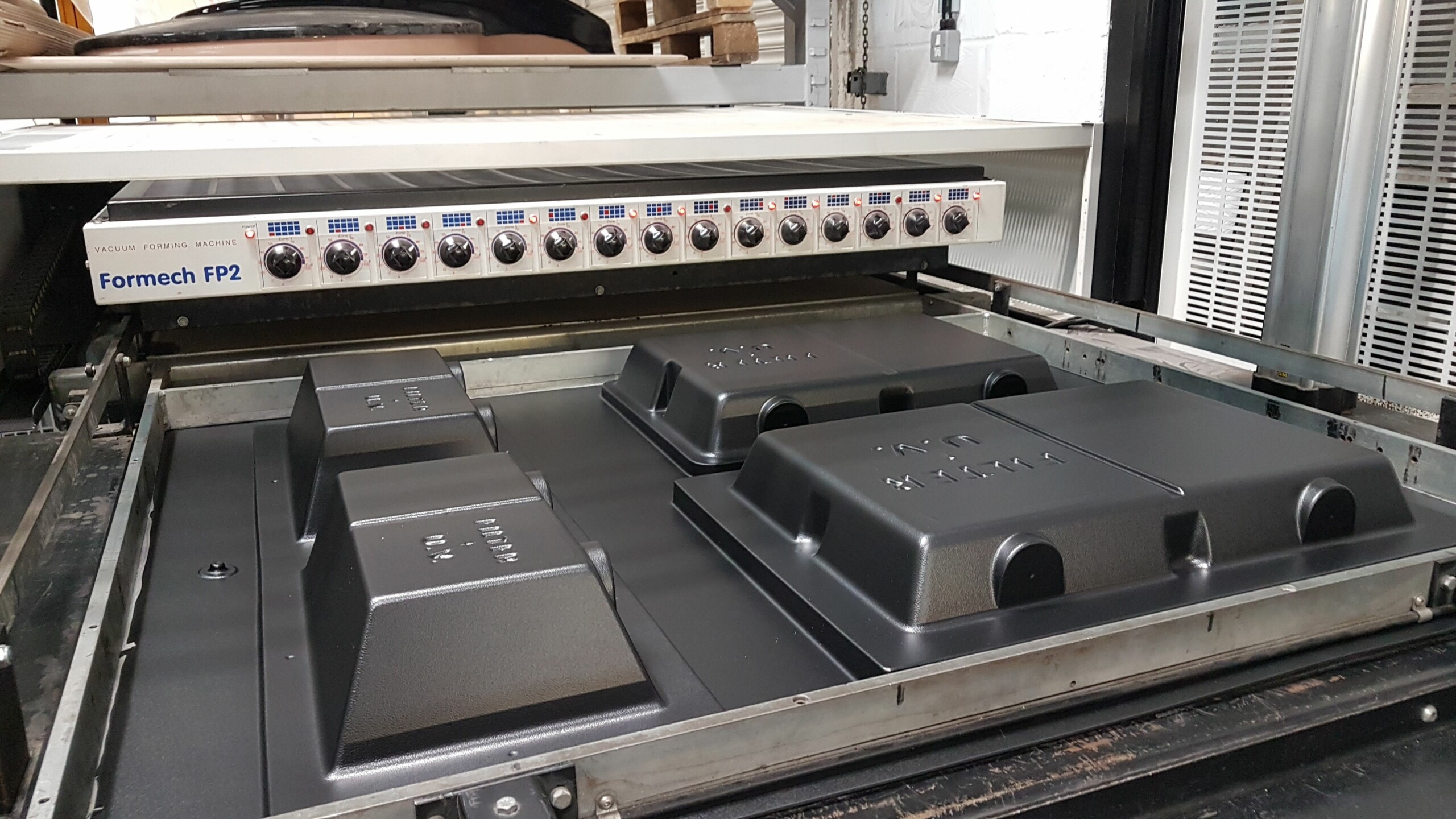
Vacuum forming is a popular plastic molding method that involves heating a polymer sheet until it becomes pliable, then using vacuum pressure to form it over a pre-formed mold.
Vacuum Forming Procedure
The process begins with a plastic sheet being heated until it reaches the optimal forming temperature. Once the material is ready, it is laid over a template, and a vacuum is applied to suction the material tightly over the mold, creating the desired shape.
After forming, the material is solidified to retain its shape. The final product is then cut to remove unwanted material and prepared for distribution.
Applications of Vacuum Forming
This technique is widely used in diverse industries, including medical, to produce specialized components. Some frequent products made using vacuum forming include:
- Automotive parts
- Blister packs
- Medical device casings
- Store signage
Advantages of Vacuum Forming
One of the biggest pros of vacuum forming is its affordability. Other notable benefits include:
- Quick turnaround
- Affordable molds
- Customizable shapes
- Lightweight materials
Final Thoughts
For businesses looking for an efficient plastic manufacturing solution, vacuum forming delivers a highly adaptable option.
Vacuum Forming